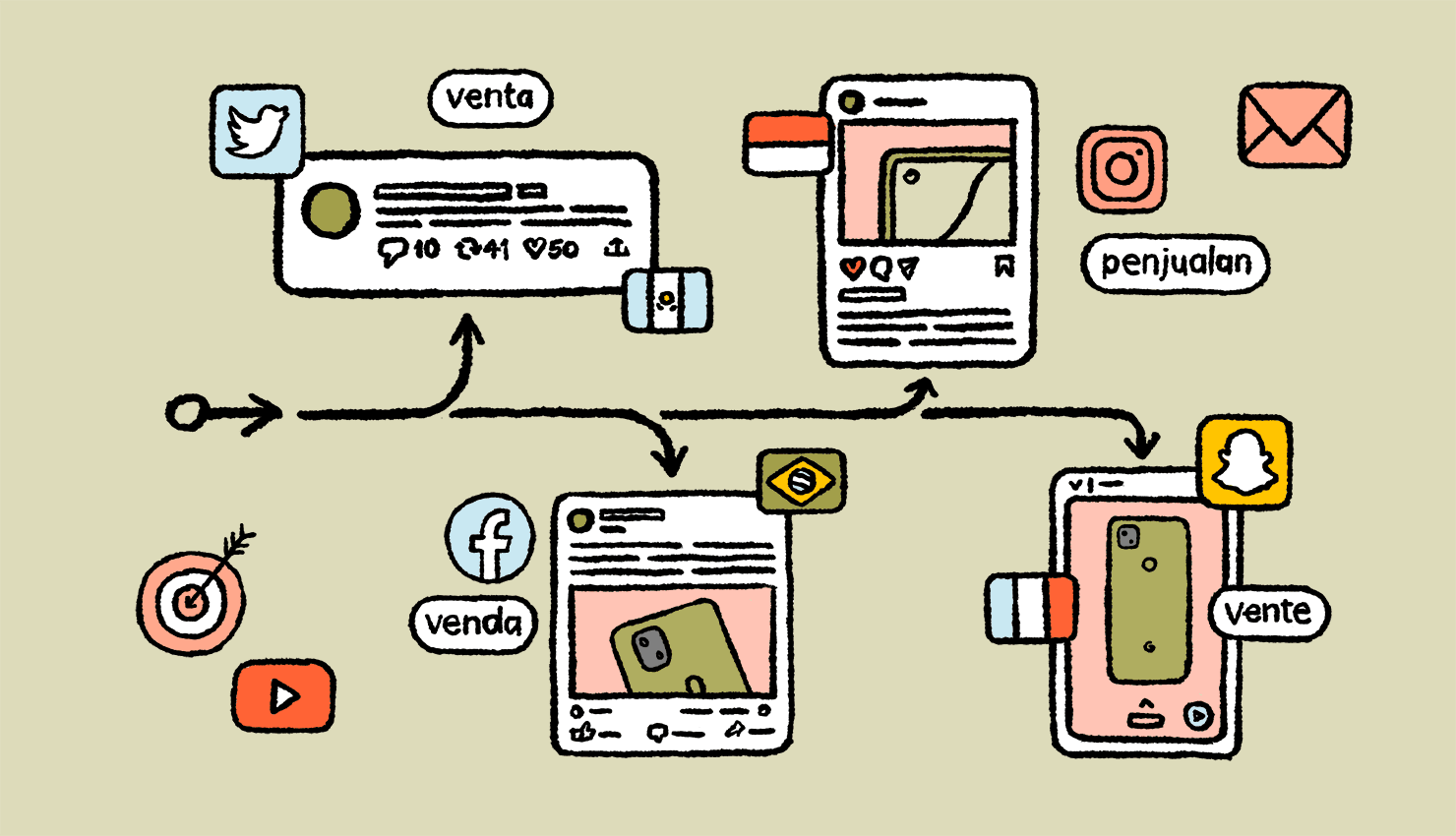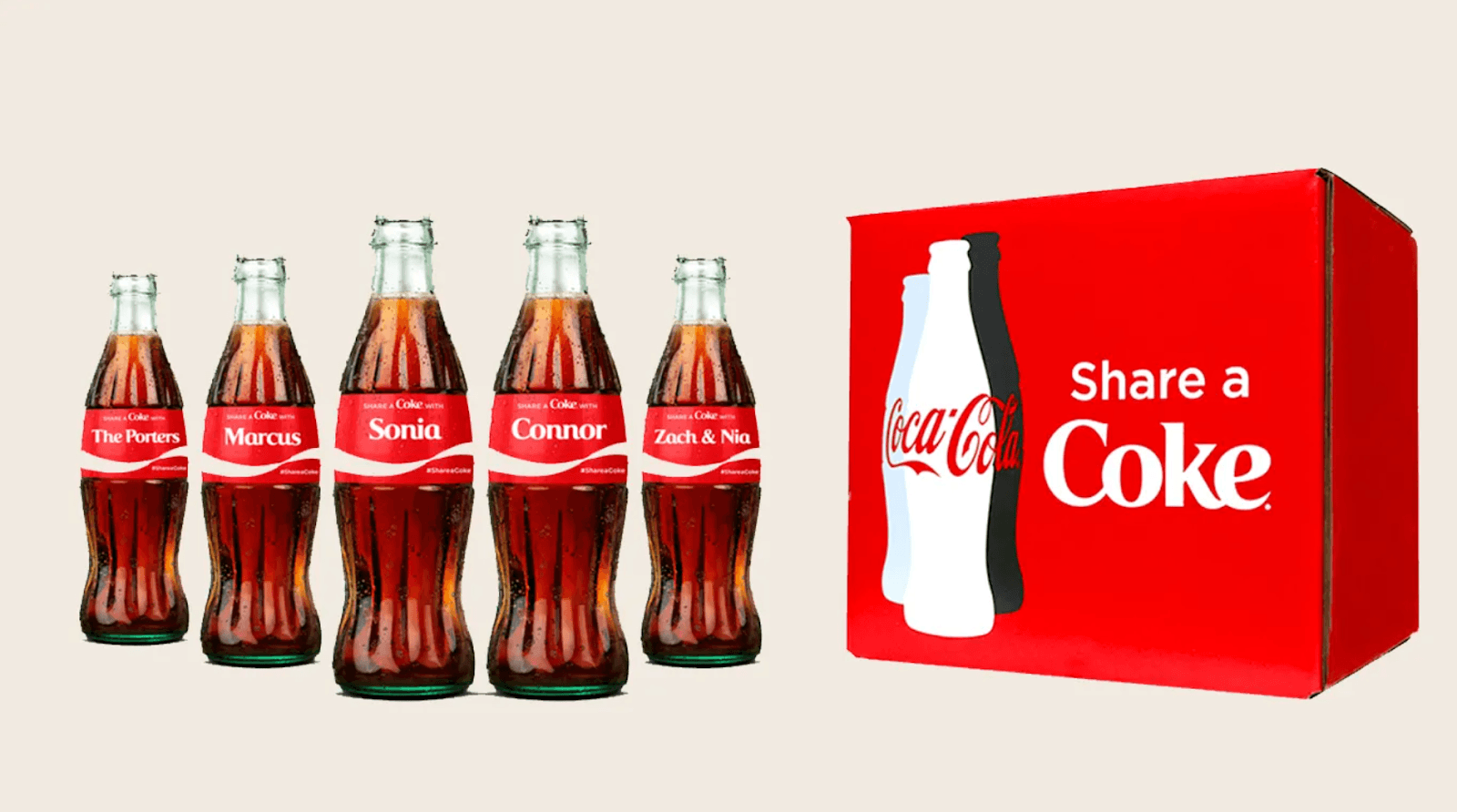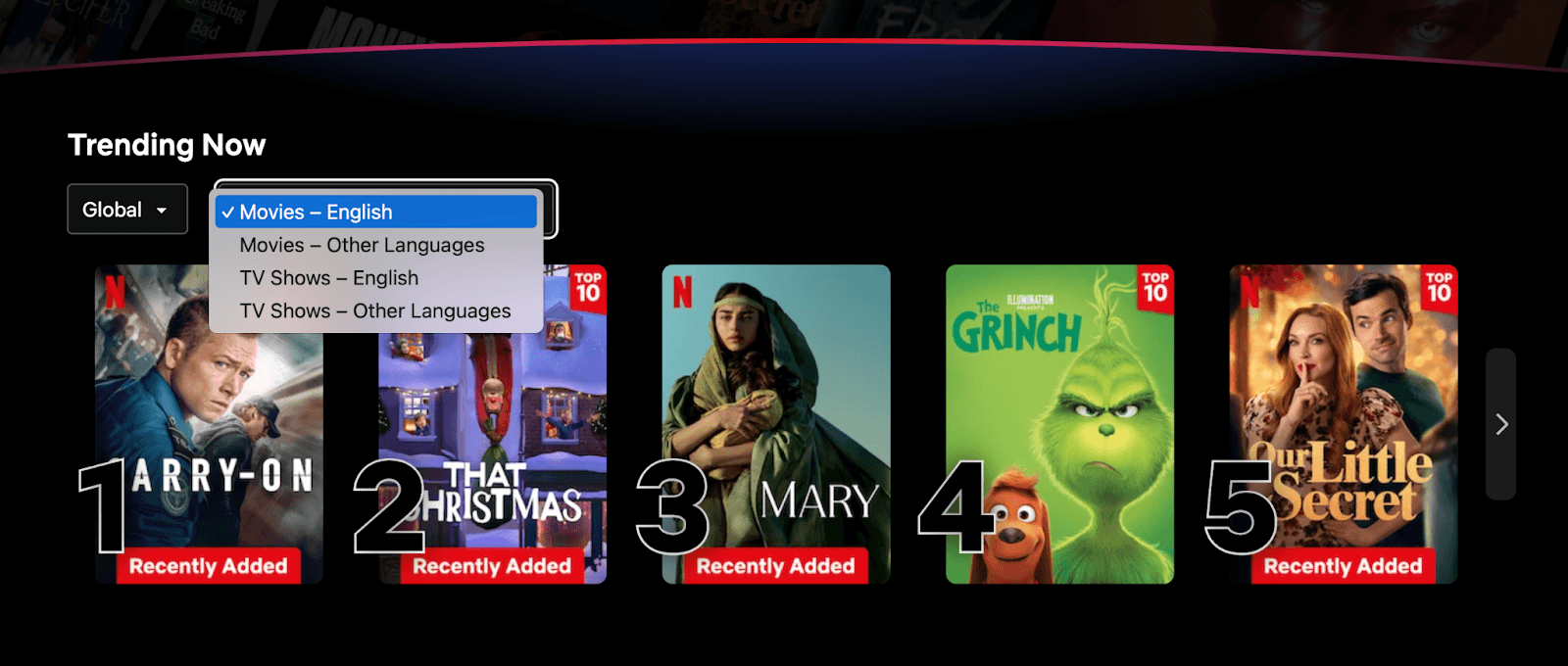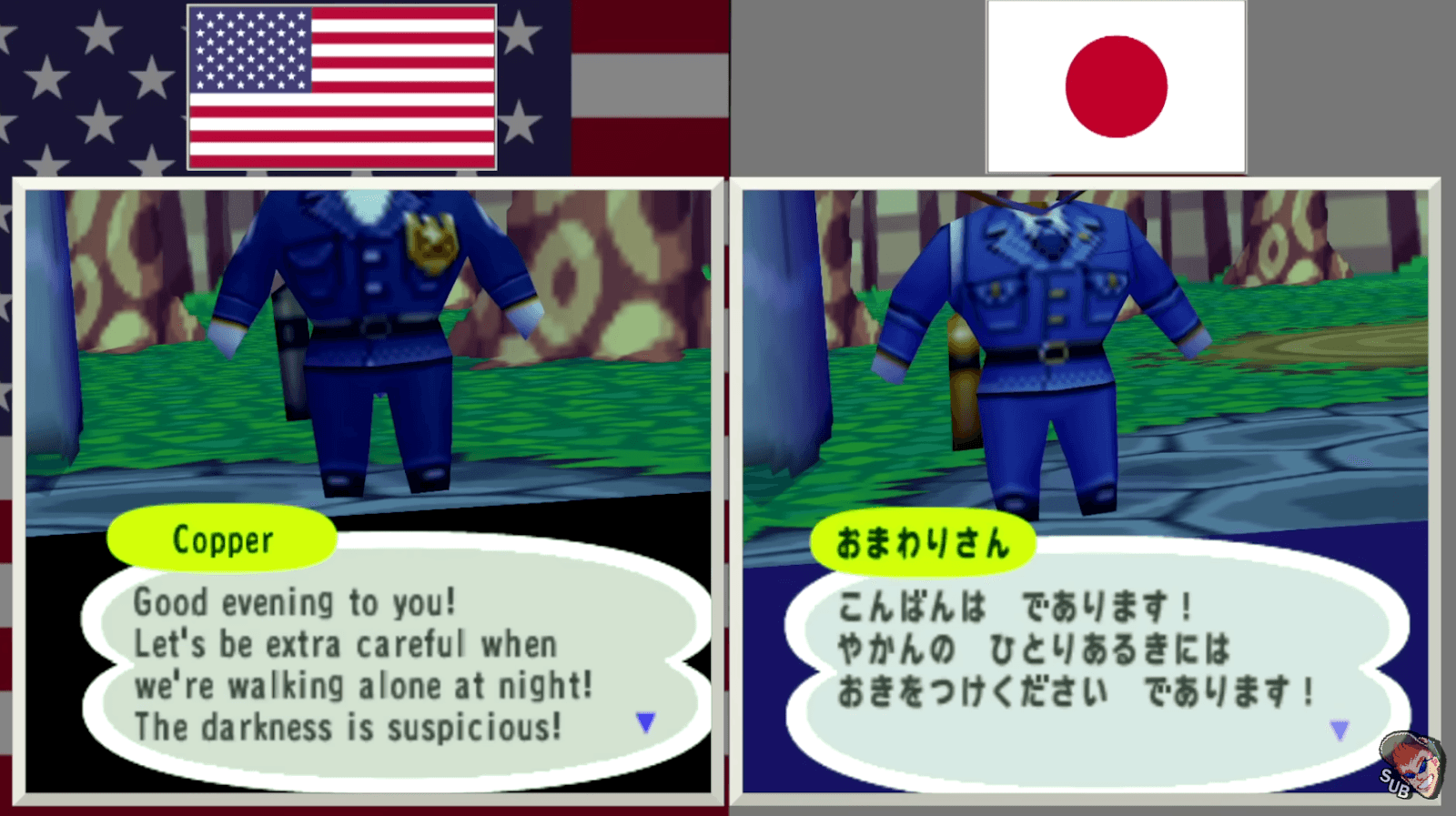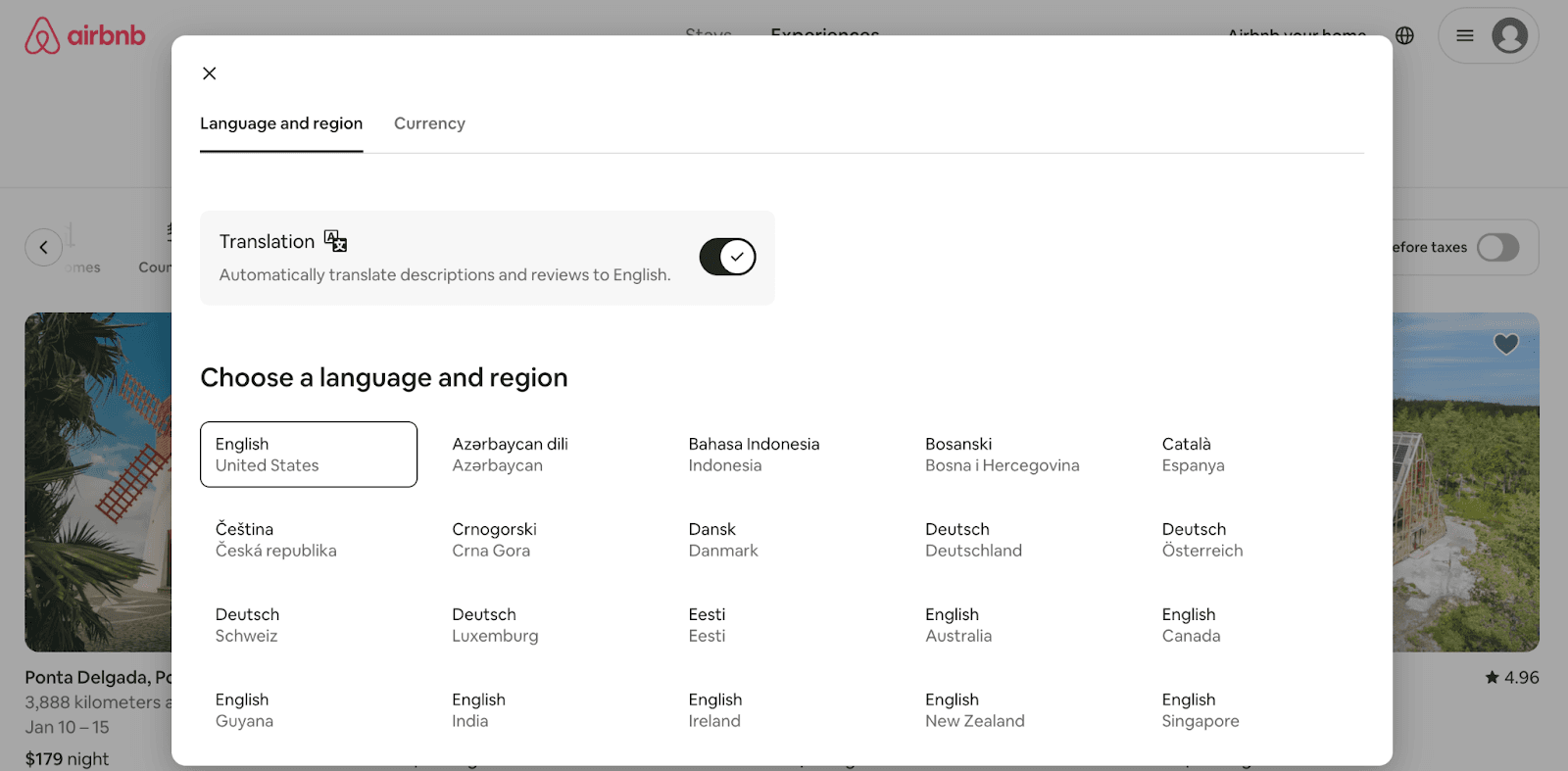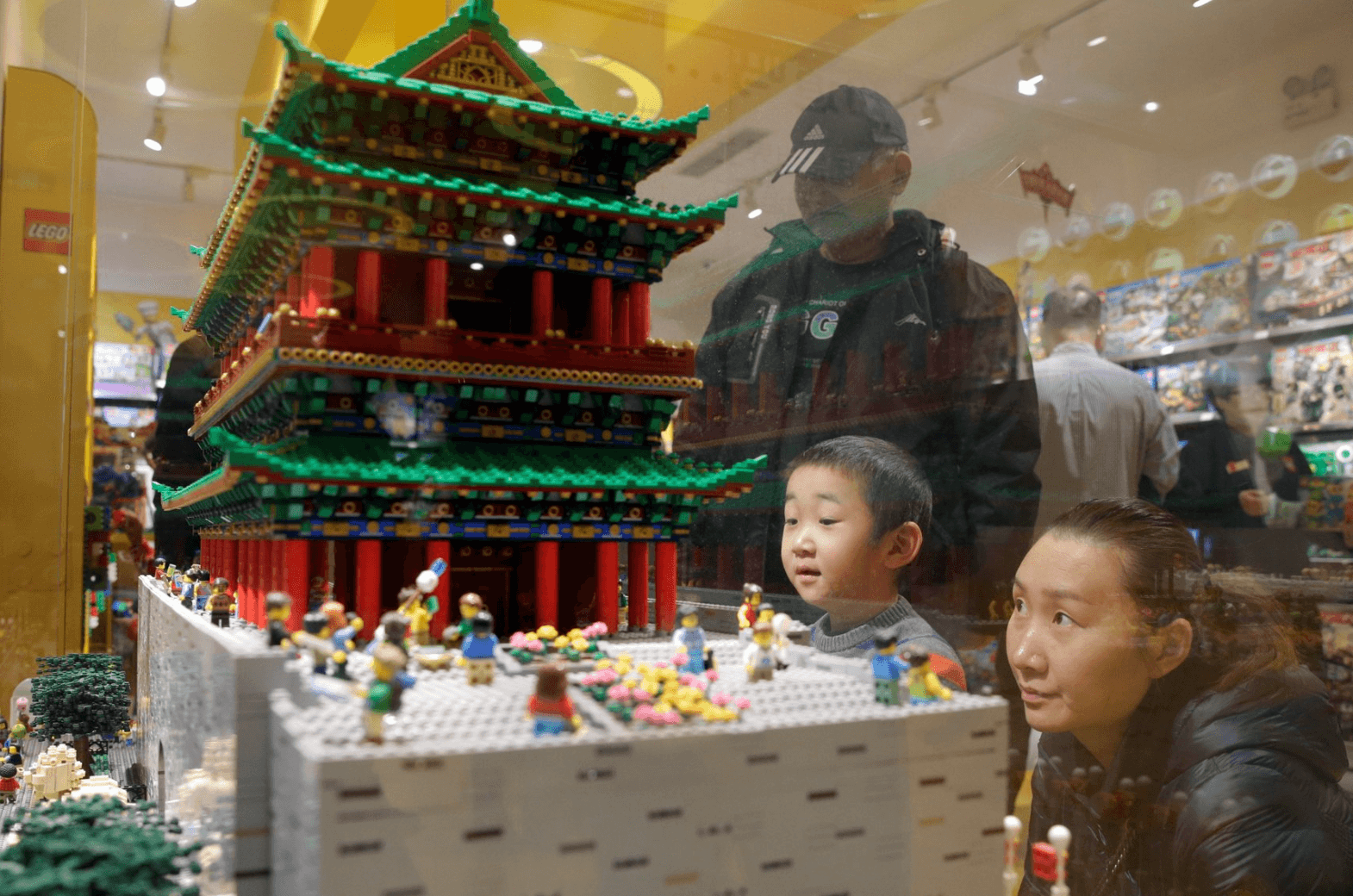
Season 1, Episode 1: A product leader’s guide to going beyond the AI hype to find what actually works
In this episode of AI Navigators, we sit down with Adam Soltys, Senior Product Lead for the AI Translations Domain at Lokalise, to explore what’s actually driving AI success in enterprise applications today. With every company claiming to be ‘AI-powered’, how do you cut through the noise? Adam reveals what’s actually working: while everyone’s talking about AI agents, the real impact is coming from an ‘old school’ technology that’s quietly delivering extraordinary result
